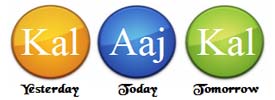ELECTROSTATIC CONTROL OF METAL WETTING LAYERS DURING DEPOSITION
There is disclosed a system for the electrostatic control of a metal wetting layer during deposition and a method of electrostatically controlling a metal wetting layer during deposition using a deposition system. In one example, control of the metal wetting layer is provided by changing or applying an electrostatic field acting on a deposited material or acting on a substrate on which a material is deposited. In another example, control is of the thickness of the metal wetting layer. In another example, control is of the presence or absence of the metal wetting layer. The metal wetting layer can be a liquid metal or liquid metal alloy, for example the metal wetting layer could be Boron, Aluminium, Indium, Gallium or Thallium. In another example, control is of the thickness, or presence, of a Gallium wetting layer during GaN film growth.
